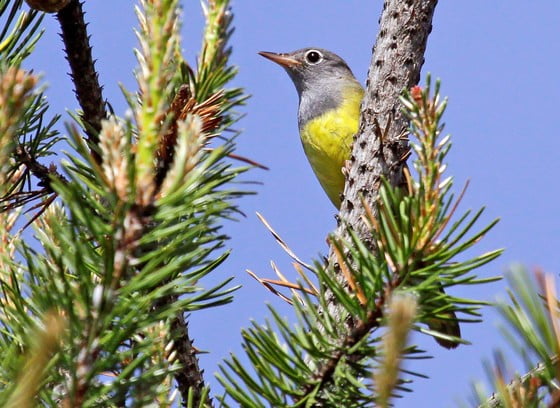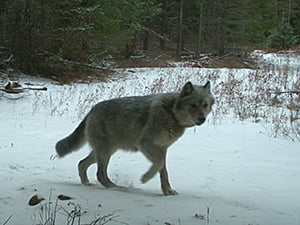
Captive-reared Florida grasshopper sparrows are being released on public lands in Osceola County during the coming weeks in an ongoing effort to reverse a near collapse of the species.
The Florida Fish and Wildlife Conservation Commission (FWC), U.S. Fish and Wildlife Service and partners are releasing captive-reared

sparrows in an effort to boost the existing population. Current survey counts show fewer than 80 sparrows in the wild.
In recent years, the population of Florida grasshopper sparrows has declined sharply. Extinction in the wild is a very real possibility, and the multi-partner recovery program’s captive breeding and release efforts are part of the strategy to avoid this outcome.
“There’s no time to waste for this charismatic songbird found nowhere else in the world. The Florida Grasshopper sparrow is fighting hard for its existence and so must we,” said Julie Wraithmell, executive director of Audubon Florida. “This release throws a lifeline to the species while agency researchers continue to search for the key to the sparrow’s recovery in the wild.”
In 2015 the FWC, the Service and partners, including Rare Species Conservatory Foundation (Loxahatchee) and White Oak Conservation (Yulee), began a captive-rearing program as part of a multi-pronged strategy to prevent the bird’s extinction. The efforts of this partnership have resulted in the first opportunity to supplement wild populations by releasing captive-reared birds back onto the prairie. The location of the release is not being disclosed to ensure people don’t interfere with the delicate birds.
“While we recognize that releasing captive animals back into the wild may carry some risk, if we don’t add to the wild flock soon, it is very likely this unique little bird will go extinct,” said Kipp Frohlich, director of the FWC’s Division of Habitat and Species Conservation. “Working with our partners, we have conducted intensive assessments and we are confident the potential benefits are great and outweigh the risks.”
The FWC and the Service, with input from partners, have developed a five-year strategic vision as a recovery implementation strategy to guide management actions, including habitat management, nest protection, research, monitoring, and captive rearing and release.
Prior to release, the birds will be kept in an on-prairie aviary for a short time to acclimate to their new environment. The aviary design is one that has proven safe and secure for sparrows at one of the breeding facilities. Some of the birds will be fitted with radio-tracking devices so biologists can monitor their survival and health after release.
“A lot of people have worked hard learning how to raise these sparrows in captivity. It is delicate work,” said Larry Williams, the Service’s Florida state supervisor for Ecological Services. “The eggs are about the size of a marble and the hatchlings are just as tiny. But we are optimistic these first releases will bring some success.”
Since 2012 the Service, the FWC and partners have contributed significant financial resources and personnel to the recovery of the Florida grasshopper sparrow. Additional funding is needed to expand captive-rearing and support additional conservation research projects. Concerned citizens who would like to join the effort to save these birds can donate to the Fish & Wildlife Foundation of Florida’s sparrow fund at WildlifeFlorida.org/funding-priorities.
To learn more about the FWC’s conservation efforts for the Florida grasshopper sparrow, visit MyFWC.com/Imperiled and click on “Species Profiles” under “Florida’s Imperiled Species,” then scroll down to “Florida Grasshopper Sparrow.”

